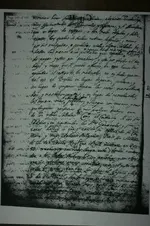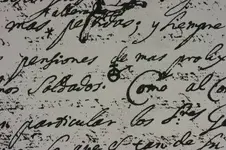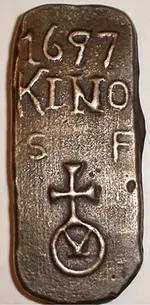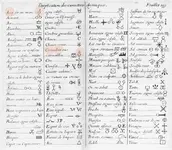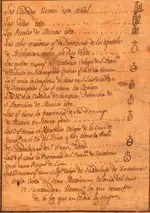I was asked two posts above to reference these facts.....i grabbed the first one I found off the internet....
big mistake....as if I haven't shown a ton off by now......let me try to reiterate the point I was making....
CW0909 asked for the other copies, I made one mistake and get the lashings.....LOL
Anyways there are two copies to look at online, and you will have to search for them, but everyone here can attest to the fact that when the clay versions were made they were clearly altered a bit to remove certain marks, while adjusting others to carry their own version ....
IE specifically the mark in reference in so many other's posts that looked like Weaver's Needle.
The reality is that the object in question from the original, takes the shape of rivers that cross over that border where the heart is inlaid, and the format of the clay replications were more similar to the Needle, having been produced after the succession of explorers had made their attempts to identify that mark as the needle, influencing the Mining Company to simply accept that as a clue and reference point.
Its obvious as to the fact that the rivers and streams are drawn there in the map stone, and that they continue into the heart stone area,
Dont think they were carved to then evolve into the Needle....seems out of context.
Sorry for the confusion, but both sets of stones can be found, and the previous thread here in this subject topic can be found as well.
OOPS
View attachment 1196642 Clay Version Made to look like Miners Needle
View attachment 1196643Same Version in a Better Light Showing the Miners Needle-looking marks are more "obvious" when seperated from the clay version
View attachment 1196644 Here they are doctored to exclude the needle altogether



